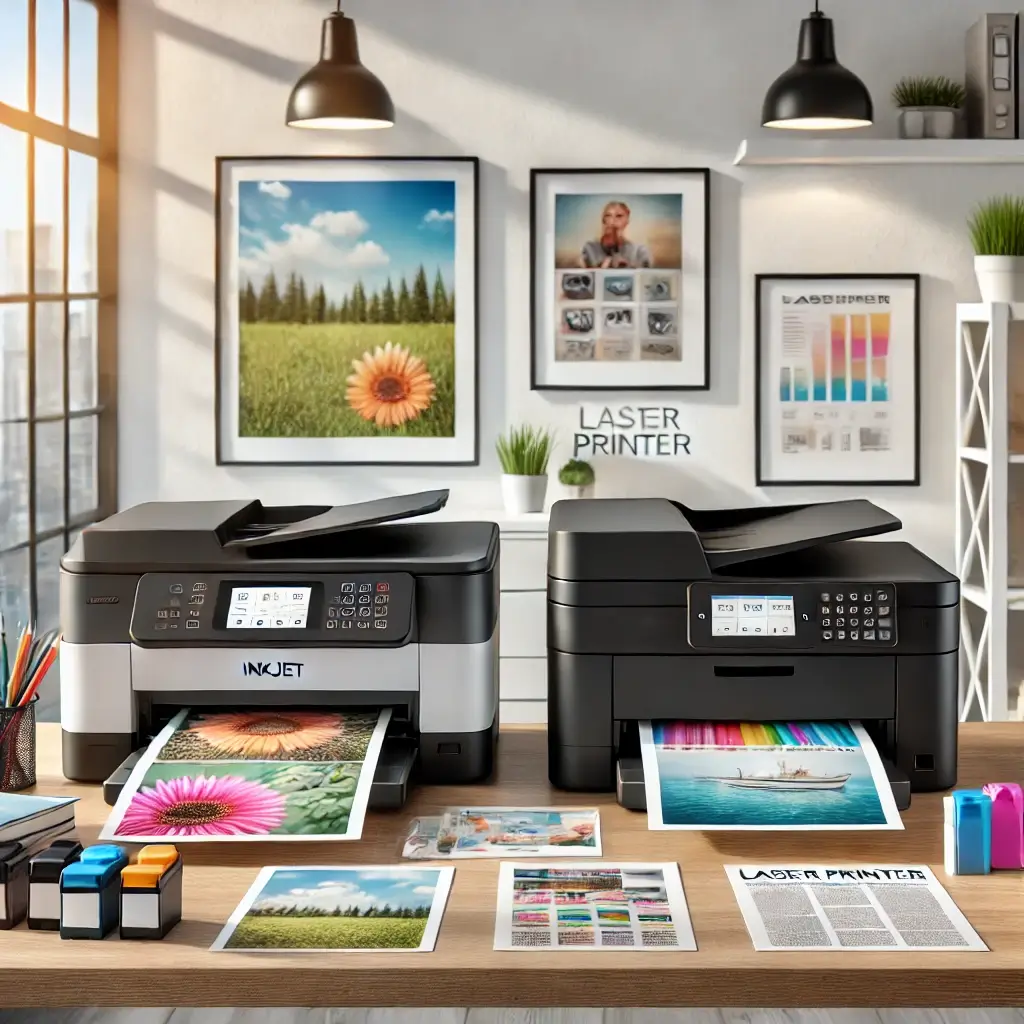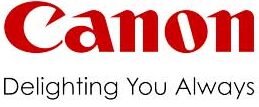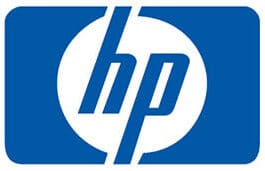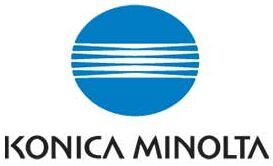Inkjet vs Laser Printers: The Ultimate Guide for 2024 Leave a comment
Table of Contents
Printers are essential for many homes and offices, but with so many options on the market, it can be overwhelming to choose the right one. The two main types of printers—inkjet and laser printers—each come with their own set of advantages and disadvantages, depending on your specific needs. In this comprehensive guide, we’ll compare these two printer types across multiple categories, including cost, quality, speed, and functionality. By the end, you’ll have a clear understanding of which printer is the best choice for your home or office.
1. How Do Inkjet and Laser Printers Work?
Before diving into a detailed comparison, it’s important to understand the basic mechanics of each printer type:
- Inkjet Printers: These printers operate by spraying tiny droplets of ink onto the paper. They use cartridges filled with liquid ink and are best known for producing sharp, high-resolution color images. Inkjet printers are popular for home use, especially for photo printing and tasks that require high-quality graphics.
- Laser Printers: In contrast, laser printers use a laser beam and static electricity to attract toner (a fine powder) to the paper. The toner is then heated and fused to the paper using heated rollers. Laser printers are widely used in offices for their speed and efficiency, especially for text-based documents.
2. Key Differences Between Inkjet and Laser Printers
2.1 Printing Speed and Efficiency
- Inkjet Printers: Inkjet printers tend to be slower, especially when printing large documents or multiple pages. The printing process involves precision in spraying ink onto the paper, which can take longer when compared to the speed of laser printing.
- Laser Printers: If speed is important, laser printers are the clear winner. They are designed for quick, high-volume printing. In an office setting, where multiple documents need to be printed in a short amount of time, a laser printer will save considerable time.
2.2 Print Quality: Graphics vs. Text
- Inkjet Printers: Inkjet printers shine when it comes to printing images and high-resolution graphics. The inkjet technology allows for more vibrant colors, making them ideal for photo printing or any project that requires detailed color images.
- Laser Printers: While laser printers are not as adept at handling high-quality images, they excel at printing text. The text produced by a laser printer is sharp, crisp, and well-defined, which is why many offices rely on laser printers for documents and forms.
2.3 Cost Analysis: Short-Term vs. Long-Term
- Inkjet Printers: The upfront cost of an inkjet printer is typically lower, but the long-term costs can be higher. Ink cartridges are relatively expensive and need to be replaced more often than toner cartridges used in laser printers. Over time, this can add up, especially for frequent users.
- Laser Printers: While laser printers tend to be more expensive initially, their toner cartridges last much longer. This makes them more cost-effective in the long run, particularly in environments where a high volume of printing is required.
2.4 Paper Compatibility
- Inkjet Printers: One of the biggest advantages of inkjet printers is their versatility with different paper types. Whether you need to print on glossy photo paper, matte paper, or even specialty media like vinyl, an inkjet printer can handle it.
- Laser Printers: Laser printers are best suited for standard office paper. Attempting to use heat-sensitive materials, like glossy paper, can result in damaged prints due to the high heat generated by the laser printing process.
2.5 Durability and Maintenance
- Inkjet Printers: One downside of inkjet printers is that they require more frequent maintenance. If not used regularly, the ink can dry out, causing the print heads to clog. This can result in streaky or blurred prints unless the printer is cleaned and maintained.
- Laser Printers: Laser printers are much more durable and low-maintenance. They don’t suffer from issues like dried-up ink because they use toner powder instead of liquid ink. For high-volume or infrequent users, laser printers are generally more reliable.
3. Environmental Impact
Inkjet Printers: Inkjet printers tend to generate more waste because ink cartridges run out quickly and need frequent replacements. However, some newer models come with refillable ink tanks, which help reduce waste.
Laser Printers: While toner cartridges last longer and need less frequent replacement, the manufacturing process for laser printers and toner is more energy-intensive. The high heat used in laser printing also consumes more electricity, making them less eco-friendly in some respects.
4. Which Printer is Right for You?
For Home Users:
If you’re a home user who prints occasionally, and if photo quality is important to you, an inkjet printer may be the better option. These printers are generally more affordable upfront and can handle a wide range of printing needs, including photos, school projects, and other image-heavy documents.
For Office Users:
For an office environment, especially if your printing needs focus on text documents, a laser printer is usually the better choice. Laser printers are faster, more efficient, and offer a lower cost-per-page in high-volume settings.
5. Cost Breakdown: Which is More Economical?
Inkjet Printers: While inkjet printers can be bought for as little as ₹4,000–₹10,000, the cost of ink cartridges adds up over time. On average, a black-and-white ink cartridge prints around 200-300 pages, while color cartridges print even fewer pages, meaning frequent replacements are necessary.
Laser Printers: Laser printers cost more upfront, starting at ₹15,000 or higher, but their toner cartridges are much more efficient. Toner cartridges can print thousands of pages before needing to be replaced, making the cost-per-page much lower than inkjet printers.










